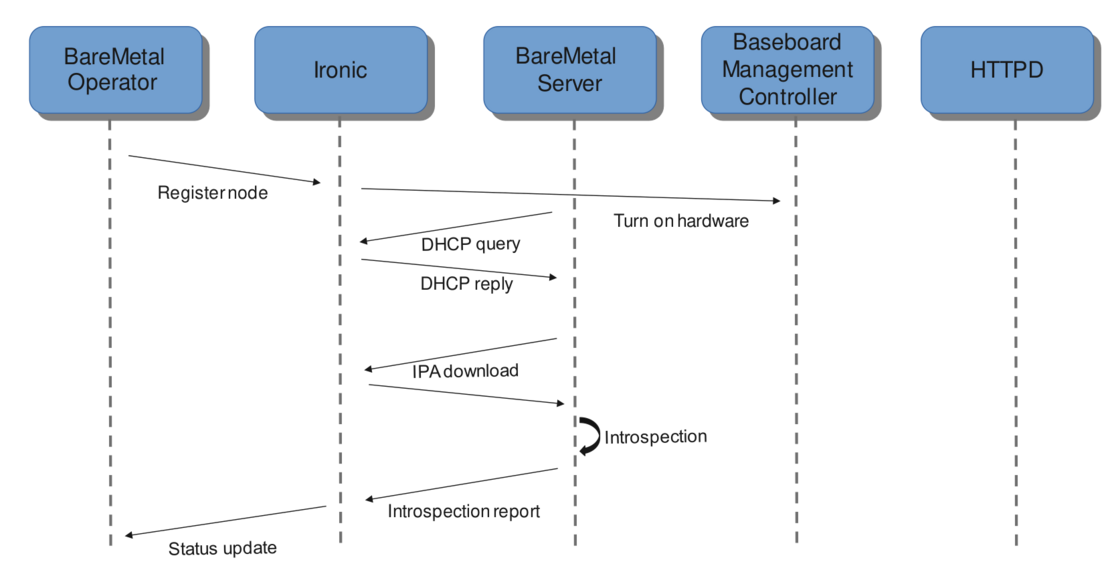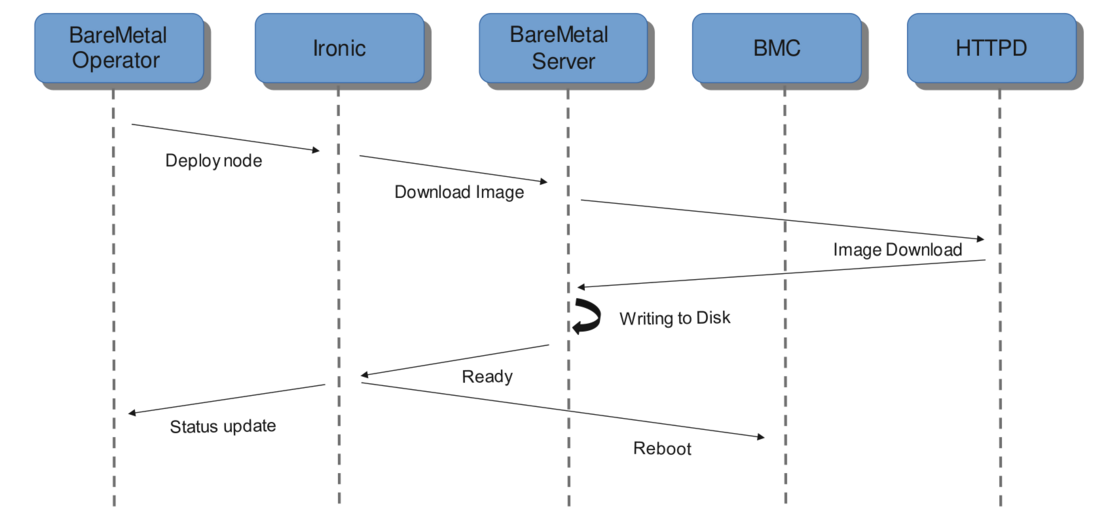Metal³: Kubernetes Native Bare Metal Cluster Management - Maël Kimmerlin - Kubernetes and CNCF Finland Meetup
Conference talk: Metal³: Kubernetes Native Bare Metal Cluster Management - Maël Kimmerlin
On the 20th of January at the Kubernetes and CNCF Finland Meetup, Maël Kimmerlin gave a brilliant presentation about the status of the Metal³ project.
In this presentation, Maël starts giving a short introduction of the Cluster API project which provides a solid foundation to develop the Metal³ Bare Metal Operator (BMO). The talk basically focuses on the v1alpha2 infrastructure provider features from the Cluster API.
Information
The video recording from the “Kubernetes and CNCF Finland Meetup” is composed of three talks. The video embedded starts with Maël’s talk.
warning “Warning” Playback of the video has been disabled by the author. Click on the play button and then on the “Watch this video on Youtube” link once it appears.
During the first part of the presentation, a detailed explanation of the different Kubernetes Custom Resource Definitions (CRDs) inside Metal³ is shown as also how they are linked with the Cluster API project. As an example, the image below shows the interaction between objects and controllers from both projects:

Once finished the introductory part, Maël focuses on the main components of the Metal³ BMO and the provisioning process. This process starts with introspection, where the bare metal server is registered by the operator. Then, the Ironic Python Agent (IPA) image is executed to collect all hardware information from the server.

The second part of the process is the provisioning. In this step, Maël explains how the Bare Metal Operator (BMO) is in charge along with Ironic to present the Operating System image to the physical server and complete its installation.

Next, Maël deeply explains each Custom Resource (CR) used during the provisioning of target Kubernetes clusters in bare metal servers. He refers to objects such as Cluster, BareMetalCluster, Machine, BareMetalMachine, BareMetalHost and so on. Each one is clarified with a YAML file definition of a real case and a workflow diagram that shows the reconciliation procedure.
The last part of the talk is dedicated to executing a demo where Maël creates a target Kubernetes cluster from a running minikube VM (also called bootstrap cluster) where Metal³ is deployed. As it is pointed out in the video, the demo is running in emulated hardware. Actually, something similar to the metal3-dev-env project can be used to reproduce the demo. More information on the Metal³ development environment (metal3-dev-env) can be found in the Metal³ try-it section. In case you want to go deeper, take a look at the blog post A detailed walkthrough of the Metal³ development environment.
In the end, the result is a new Kubernetes cluster up and running. The cluster is deployed on two emulated physical servers: one runs as the control-plane node and the other as a worker node.
Information
The slides of the talk can be downloaded from here
Speakers
Maël Kimmerlin Maël Kimmerlin is a Senior Software Engineer at Ericsson. In his own words:
I am an open-source enthusiast, focusing in Ericsson on Life Cycle Management of Kubernetes clusters on Bare Metal. I am very interested in the Cluster API project from the Kubernetes Lifecycle SIG, and active in its Bare Metal provider, that is Metal³, developing and encouraging the adoption of this project.